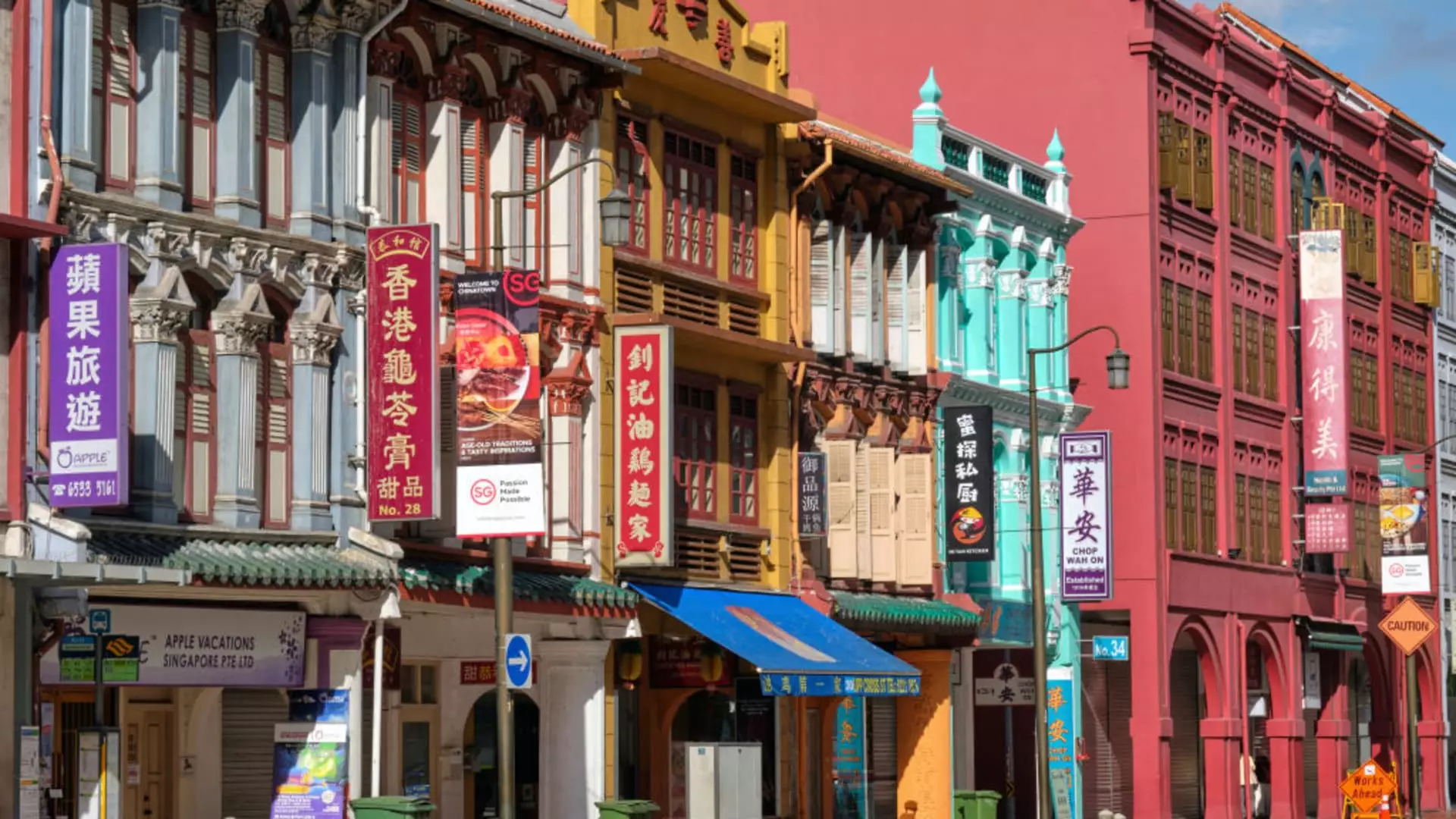The allure of Singapore’s shophouses, synonymous with their ornate and colorful facades, has captivated the attention of investors worldwide. Initially built as early as the 1840s, these colonial-era structures have become hot commodities in a city where public housing comes at a premium. The exclusivity of these shophouses is underscored by their price tag, which for prime locations can reach tens of millions of dollars. Despite the hefty investment, these properties continue to be sought after by the affluent, including well-known personalities like Jack Ma’s wife, Jackie Chan, and Ray Dalio.
The limited availability of shophouses, with only around 6,500 units designated as conservation buildings, adds to their appeal. These properties are not only prized for their historical significance but also for their versatility in usage. From housing boutique retail stores to serving as family offices, shophouses offer a wide range of possibilities for investors. The intricate moldings and design elements that adorn these buildings are irreplaceable, making them coveted items for collectors and connoisseurs of fine architecture.
The surge in demand for shophouses can be attributed to several factors, including the government’s property cooling measures and the exemption of these properties from additional levies imposed on residential real estate. This exemption has made shophouses an attractive proposition for investors seeking to diversify their portfolios with tangible assets. Wealthy locals and corporate entities are leading the charge in acquiring these properties, with foreign investors taking a back seat due to the hefty price tags attached to shophouses.
The shift towards shophouses as investment assets reflects a broader trend among high-net-worth individuals towards real assets for wealth preservation. In a region where economic uncertainties abound, the stability offered by tangible assets like shophouses is particularly appealing. These properties not only serve as a store of value but also as a testament to Singapore’s rich architectural heritage. As Loyalle Chin, a director at Propnex, aptly puts it, “Only the ultra-high-net-worth can afford to buy shophouses nowadays.”
The surge in demand for Singapore’s shophouses underscores the allure of these colonial-era buildings as investment assets. Their scarcity, historical significance, and exemption from property cooling measures have made them a prized commodity among the affluent. As Singapore continues to position itself as a hub for wealth preservation and investment, the shophouse market is expected to remain buoyant, attracting investors seeking both financial return and cultural appreciation.

